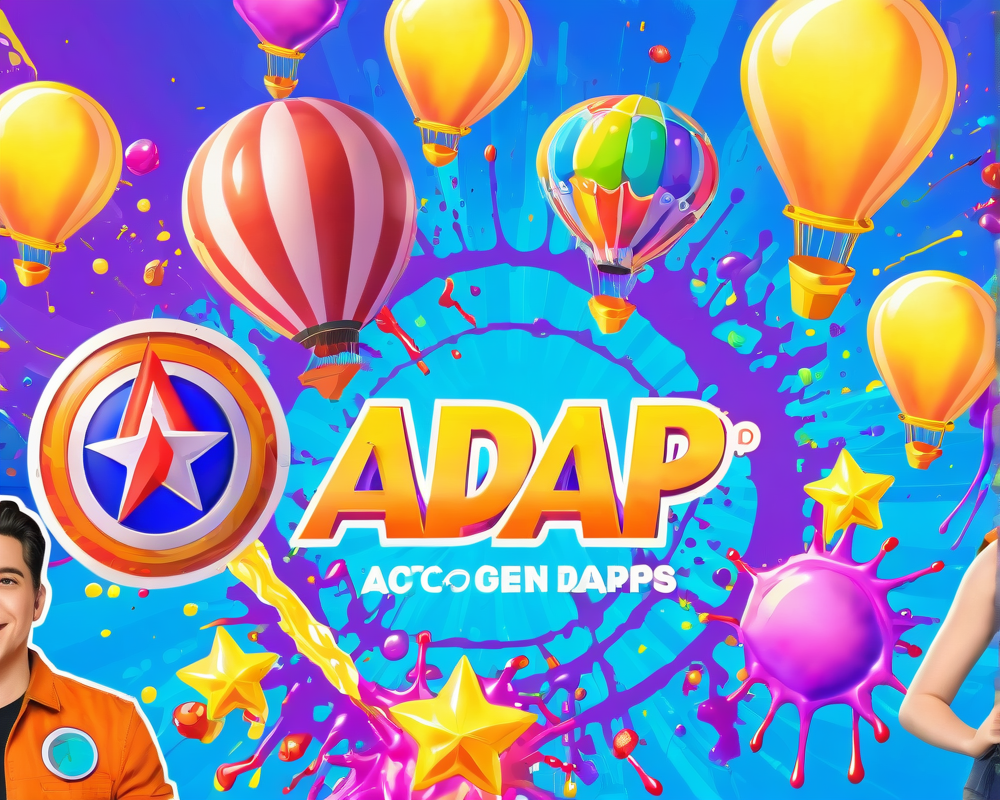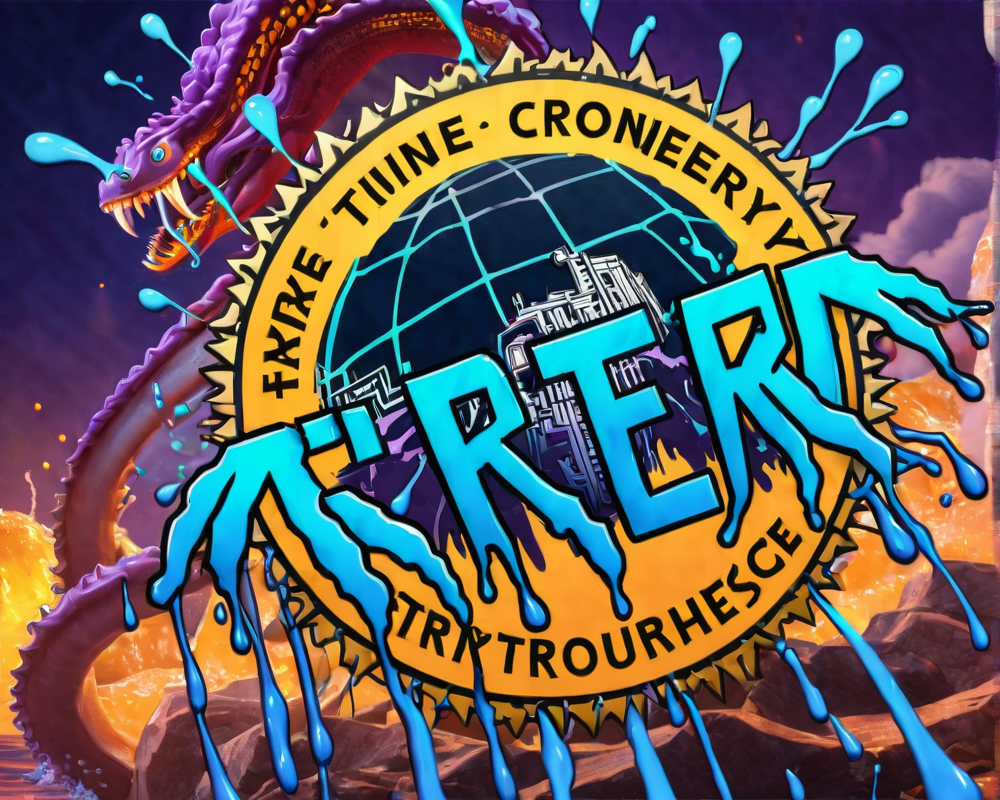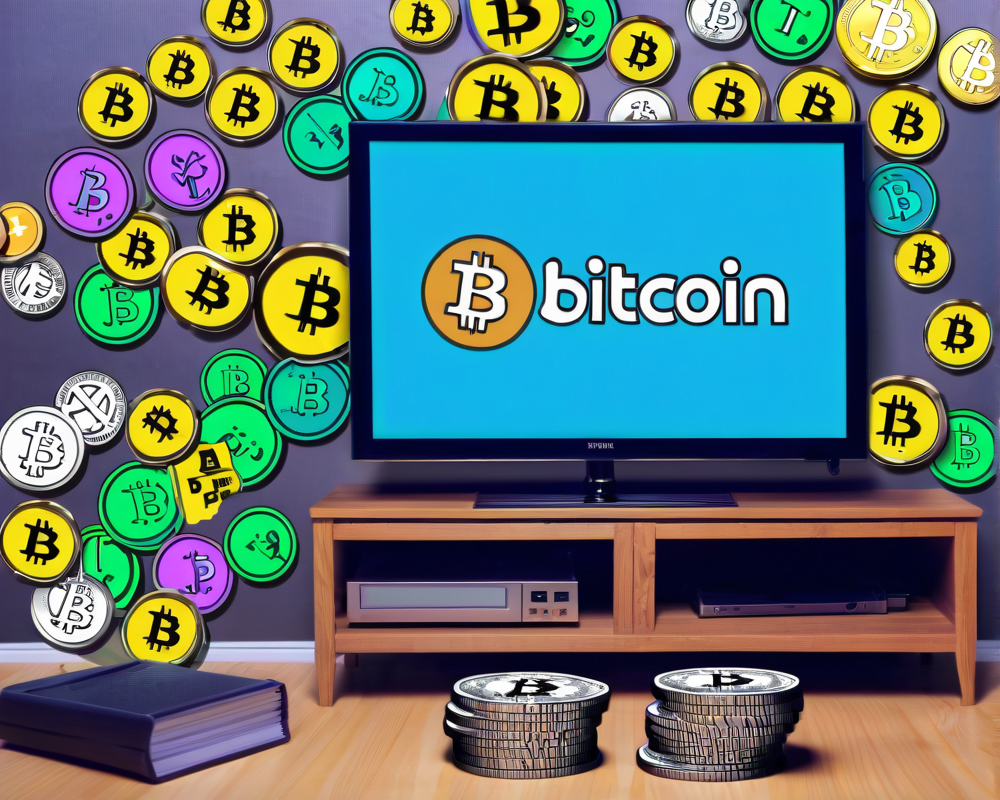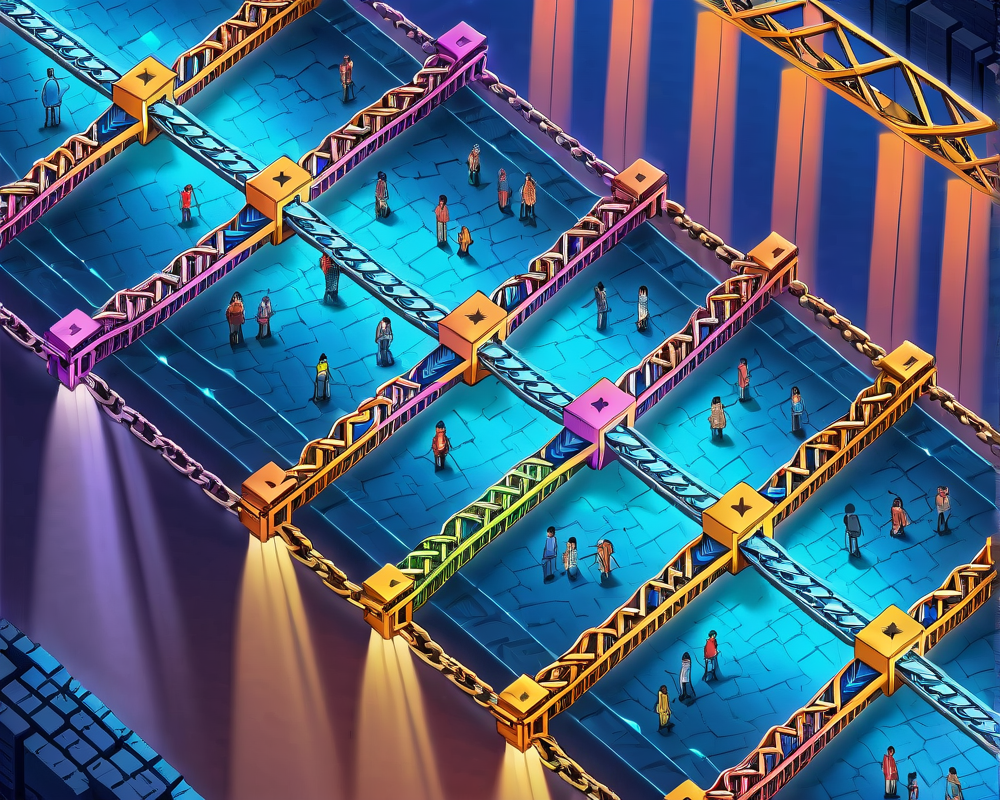The Rise of Decentralized Gaming: What’s the Buzz?
We’re living in the golden age of decentralized applications (DApps), especially in the gaming sector. What’s the deal? It’s all about transparency, security, and, let’s face it, ownership of in-game assets that make players feel like the lords of their own kingdoms. But developing AAA games on these platforms? Now that’s where the rubber meets the road—it’s a bit like trying to fit a square peg in a round hole.
Why Traditional DApps Are Not Winning This Game
Currently, 2D gaming DApps are riding the blockchain wave using smart contracts that manage assets with simplicity, like your grandma’s cookie recipe. But when you crank up the complexity, umm, let’s just say things start to get a little messy. Scalability becomes the headliner here, especially on networks like Ethereum. Ever watched paint dry? That’s what real-time gaming feels like when the transaction throughput and latency issues come to play.
The Performance Problem
If you’re serious about AAA games, you need high-performance computing and graphics that make your eyes pop out like a cartoon character. Unfortunately, many DApps just can’t keep up, leading to visuals that are, shall we say, less than spectacular. It’s like wanting to watch a blockbuster movie, but ending up with a grainy VHS tape instead.
Enter the Actor Model: The Game Changer
Now, let’s talk about the actor model, which sounds like something from a sci-fi movie but is actually a clever communication paradigm allowing for parallel computing and asynchronous messaging. It’s like giving every actor in a play their own script and a mailbox! Want to know who wrote this masterpiece? Nikolay Volf, the genius behind the Gear Protocol.
How Does It Benefit DApp Development?
Imagine being able to send messages between these actors – programs or users that can interact without directly stepping on each other’s toes. Each actor can receive and process messages independently, meaning they can whip through tasks like a hot knife through butter. Say goodbye to queuing for your turn! Here are some sweet perks:
- Non-Blocking Processing: Unlike synchronous gloom, asynchronous messaging lets multiple tasks take a crack at it at once.
- Improved Throughput: More transactions processed in less time—what’s not to love?
- Resilience: If one actor has an off day, it doesn’t bring the whole show down.
Game On: Real-World Applications
Blockchain games like Ember Sword are already reaping the benefits. Its co-founder, Mark Laursen, doesn’t need to be an octopus to manage performance! With parallel processing, they can streamline systems faster than you can say “blockchain.” Plus, transaction processes can be smooth as butter – your legendary sword can seamlessly glide from a chest to an inventory without queuing up at the blockchain buffet.
Scalability Meets Creativity
Think of it like building a Lego city; as more players join, you’re not left with a cement truck of bottlenecks slowing you down. Instead, the actor model allows you to share your blocks and expand quickly without feeling like you’re running a marathon.
Conclusion: The Road Ahead
As we move forward, the use of asynchronous messaging and the actor model is set to revolutionize DApp development in gaming. We live in exciting times where developers can truly push the envelope of what’s possible, transforming our digital playgrounds into AAA masterpieces. Buckle up, fellow gamers; the world of decentralized gaming is just getting started!




